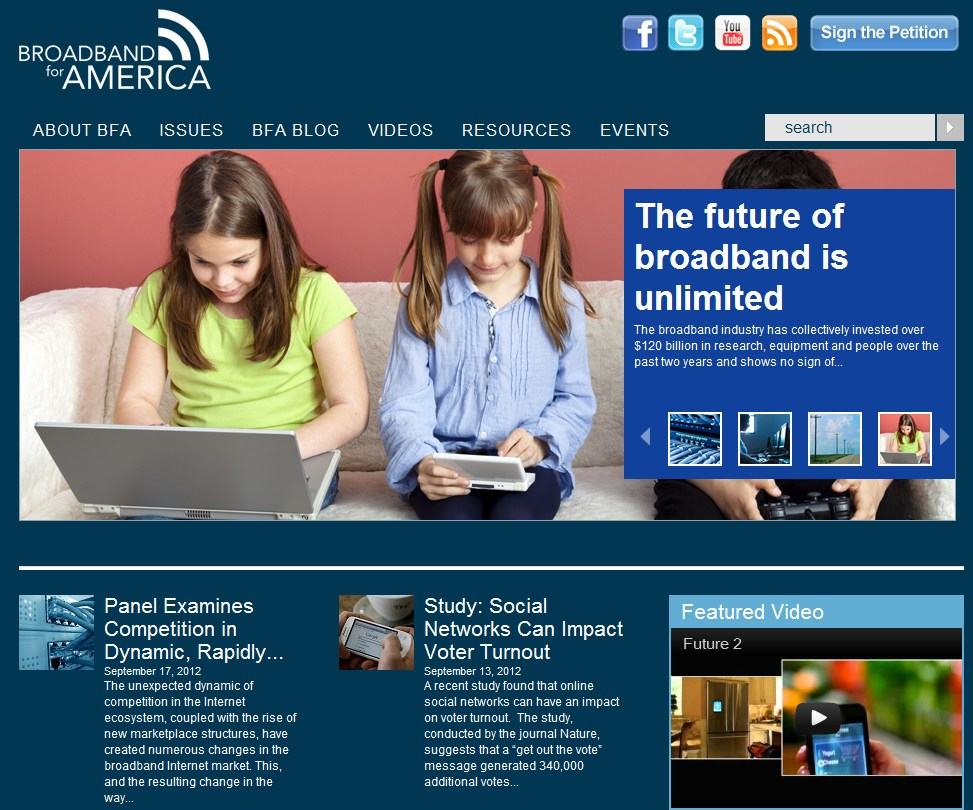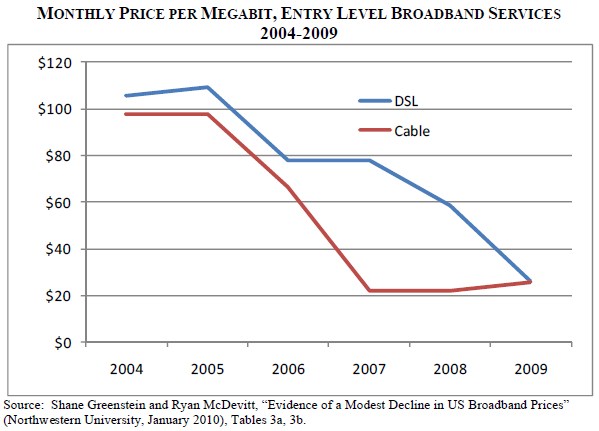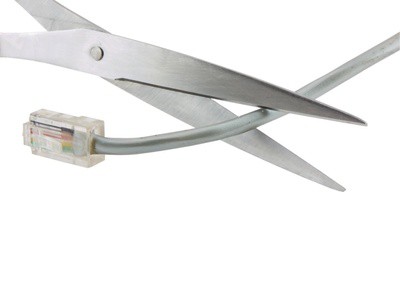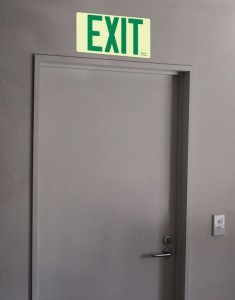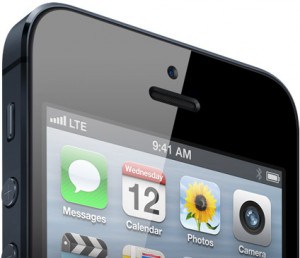 Apple’s newest iPhone is proving to be a mixed blessing for wireless carriers and their Wall Street investors as company margins suffer from the subsidies paid to woo customers with discounted phones.
Apple’s newest iPhone is proving to be a mixed blessing for wireless carriers and their Wall Street investors as company margins suffer from the subsidies paid to woo customers with discounted phones.
The biggest winner remains Apple, which charges between $649-849 for an iPhone 5 that IHSiSuppli estimates costs between $207-238 to manufacture, depending on the amount of memory included. Regardless of how much you pay for your next iPhone with a 2-year contract, Apple gets a much larger wholesale price, upfront.
Barclays analyst James Ratcliffe estimates AT&T, Verizon Wireless, and Sprint are providing nearly $400 in advance subsidies to reduce the contract price of the iPhone to between $199 and $399. That subsidy is 60 percent higher than comparable Android smartphones.
“We always say an Apple a day keeps the profits away,” Neil Montefiore, chief executive of Singapore wireless carrier Starhub said during an August earnings conference call.
Wireless carriers have to report the subsidy on balance sheets as a drop in earnings before interest, tax, depreciation and amortization (called EBIDTA on Wall Street). AT&T and Verizon typically don’t see profits from Android smartphone customers until 5-6 months after selling them a new phone. Apple iPhone customers are unprofitable for up to nine months.
According to Reuters, profit margins will fall for America’s two largest cell phone companies because of the newest iPhone.
AT&T’s margin is expected to fall from 45 percent in the second quarter to 40.8 percent in the third quarter and 35.7 percent in the fourth quarter. Verizon’s margin is expected to fall from 49 percent in the second quarter to 47.4 percent in the third quarter and 43.6 percent in the fourth quarter.
Under pressure from investors, wireless carriers are trying harder than ever to reduce the financial hit from the endless two-year upgrade cycle most North Americans have gotten used to over more than a decade.
For most, changing data pricing has been the key to earlier profits. Both AT&T and Verizon Wireless have eliminated unlimited data plans for new customers, and Verizon has taken away subsidies for customers holding onto a grandfathered unlimited plan. As contracts expire, customers seeking upgrades must either purchase their next phone at the unsubsidized price or give up their unlimited plan for good.
Sprint continues to bank on its unlimited data offer bundled with Apple’s iPhone 5 as an important marketing tool to attract new customers. It has worked for them, but the company may eventually capitalize on that growth with increased prices, but not before Sprint completes an ambitious upgrade to a 4G LTE nationwide network.
“We have a competitive disadvantage in terms of LTE footprint,” CEO Dan Hesse told investors. “You don’t increase your price when you have a network footprint disadvantage. You want to wait and think of that until you get to that point.”
Verizon’s chief financial officer Fran Shammo believes Verizon Wireless’ foundation for higher profits will come from their new family shared data plans.
“When you think about revenue growth into the future, the shared revenue plan and what I’ll call revenue per account if you will, is really the critical piece because there are two functions,” Shammo told investors last week. “One is get people to share so that data becomes the most significant piece of the plan and the more data they consume the more they will have to buy up in bundles.”
“And the second one is make it easier for customers to attach more devices. So when you think about that future of the car, the home, medical devices, and anything else that you want to attach to that wireless network, […] I get incremental dollars for each device that’s attached and that is really what drives the future revenue growth.”
[flv width=”640″ height=”380″]http://www.phillipdampier.com/video/CBS Sprint CEO talks iPhone 5 and unlimited data strategy 9-20-12.flv[/flv]
Sprint CEO Dan Hesse last week appeared on CBS’ “This Morning” to discuss the arrival of Apple’s newest iPhone and the company’s unlimited wireless data plan. (4 minutes)


 Subscribe
Subscribe



